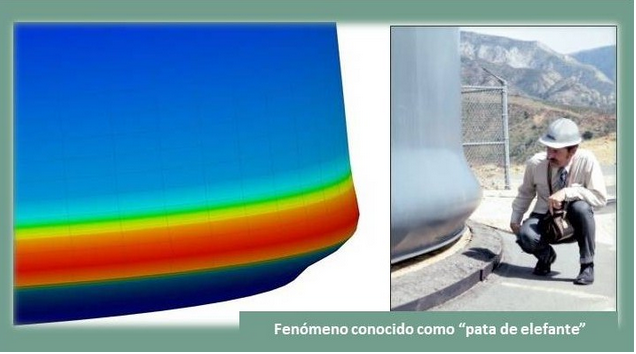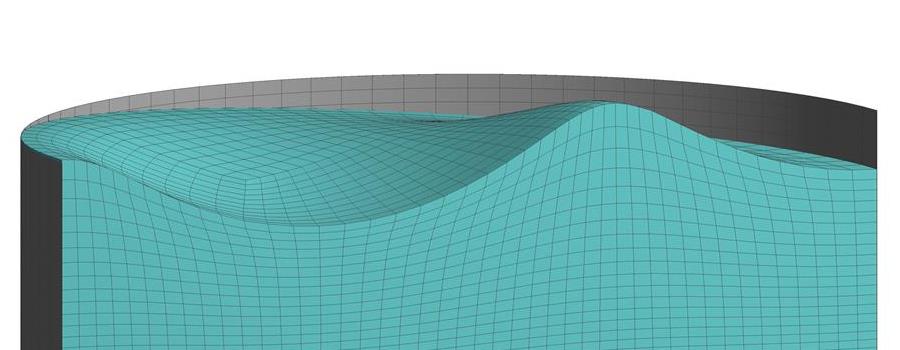
It is usual, during our work as researchers at CARTIF, we have to model and solve (with the help of advanced software) complex mechanical systems. Their behaviour is affected by the interaction effects, with different levels of coupling, among several physical phenomena of differing nature (structural deformation, heat transfer, electromagnetic fields, etc). These cases are known as multiphysics problems and are solved using computational multiphysics, a new discipline which sets out theoretical and numerical challenges. Mathematically, multiphysics problems are defined by a set of strongly coupled partial differential equations that require the development of strong algorithms to be solved in an efficient way.
In the past, because of the lack of computing power, the effects of the connection between the different physical fields could only be considered in a rough way or be completely ignored. Nowadays, the improvement of software and hardware makes possible to solve most of this problems using multipurpose calculus commercial codes, e.g., ANSYS or ABAQUS. The possibility of including connection effects leads to a better understanding of the causes and the consequences of the involved natural phenomena. From an engineering perspective, it is possible to approach problems from a more general perspective, making feasible to obtain a closer estimation of the actual performance of each of the different proposals for any prototype. Products obtained by this method are safer and more cost-effective, meeting customer’s needs in a better way.

The most important multiphysic simulation method in structural engineering is the Fluid-Structure Interaction (FSI), this method is the one with more practical uses at industrial level and the most developed of all. It consists on analysing the interaction produced between a deformable solid and the fluid (liquid or gas) surrounding it or circulating inside of it. This interaction happens when the pressure applied by the fluid over the solid produces a deformation of the structure that modifies the boundary conditions of the fluid flux. This modification changes the pressure applied over the solid and so on, when this happens it is said that the structure and the fluid are coupled and therefore they cannot be analysed separately (with the exception of weak-coupled systems). FSI method is widely used at many industries, such as automotive (airbag deployment), aerospace (sustentation surfaces fluttering), biomechanics (aneurysms), energy (combustion at boilers), etc.
The figure shows the multiphysic simulation of the dimpling produced at the bottom of an open tank when is under seismic action, phenomena known as “elephant’s foot”.
- Computational Multiphysics: Fluid-structure interaction - 18 February 2016
